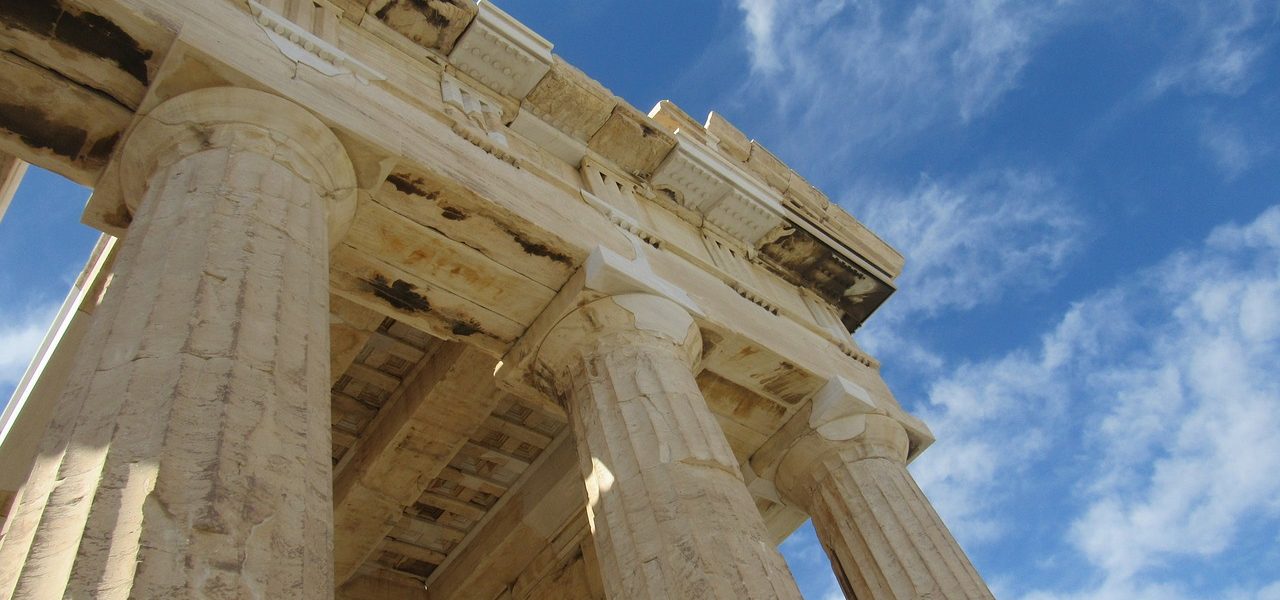Home › Forums › General History Chat › Cinco de Mayo (5th of May) ? Battle of Puebla
- This topic has 1 voice and 1 reply.
-
AuthorPosts
-
April 30, 2011 at 7:48 am #2783
 DanielParticipantCinco de Mayo (5th of May) ? Battle of Puebla
DanielParticipantCinco de Mayo (5th of May) ? Battle of PueblaCinco de Mayo is not, as many people think, Mexico's Independence Day. Nor is the D?a de la Revoluc?on (Revolution Day) celebrated on November 20th Mexico?s Independence Day. In Mexico the November 20th holiday celebrates the revolution of 1910-1917 that overthrew the rule of Portirio D?az from 1876 to 1911. It marks the beginning of modern Mexico and the PRI party.Mexico?s Independence Day is September 16th. El Grito, the famous Cry of Independence, that began Mexico?s struggle for independence from Spain is repeated by the president of Mexico in a national ceremony each year at 11 pm on September 15th with Mexican independence celebrations lasting two days.The holiday of Cinco de Mayo (the 5th of May) commemorates the victory of the outnumbered Mexican forces over the French army at The Battle of Puebla on May 5, 1862. The number of French reported killed ranged from 476 to 1,000, although many of the troops were already ill from their stay in the coastal lowlands. Mexican losses were reported to be eighty-six.The battle at Puebla in 1862 happened at a violent and chaotic time in Mexico's history. Mexico had finally gained independence from Spain in 1821 after a difficult and bloody struggle. Subsequently a number of internal political takeovers and wars, including the Mexican-American War (1846-1848) and the Mexican Civil War of 1858, had ruined the national economy.During this chaotic period Mexico had accumulated heavy debts to several nations, including Spain, England and France, who were demanding repayment. Similar debt to the U.S. was previously settled after the Mexican-American War. France, under Napoleon III, was eager to add to its empire and used the debt issue to move forward with its goals of establishing control of Mexico. Realizing France's intent of empire expansion, Spain and England withdrew their support. When Mexico finally stopped making loan payments, France took action on its own to install Napoleon's relative, Archduke Maximilian of Austria, as emperor of Mexico. France invaded at the gulf coast of Mexico along the state of Veracruz and began to march it forces toward Mexico City, a distance today of less than 600 miles. Although U.S. President Abraham Lincoln was sympathetic to Mexico's cause, the United States was involved in its own Civil War and was unable to provide any direct assistance. While unable to send armed forces to assist Mexico, Lincoln did manage to send arms to Mexico during its struggle against the French, for which he is honored in Mexico. For example, on the Paseo de los Hereos in the Zona Rio financial district of Tijuana there is a statue of Abraham Lincoln with broken chains in his hands. The chains do not represent the freeing of U.S. slaves, rather they resent the freeing of Mexico from French occupation under Maximilian made possible by the U.S. policy begun by Lincoln of providing Mexico with military aid in its struggle against the French forces of Maximilian.Marching on toward Mexico City, the French army encountered strong resistance at the Mexican forts of Loreto and Guadalupe. Lead by Mexican General Ignacio Zaragoza Seguin, a small, poorly armed militia estimated at 4,500 men were able to stop and defeat a well outfitted French army of 6,500 soldiers, which stopped the invasion of the country. The victory was a glorious moment for Mexican patriots, which at the time helped to develop a needed sense of national unity, and is the cause for the historical date's celebration.Unfortunately, the victory was short lived. Upon hearing of the defeat, Napoleon III sent more troops overseas to again invade Mexico, contrary to the wishes of the French populace. Some 30,000 more troops and a full year later, the French were eventually able to depose the Mexican army, take over Mexico City, and install Maximilian as Emperor of MexicoMaximilian's rule of Mexico was short lived, lasting only from 1864 to 1867. When the American Civil War ended, the United States was able to provide more political and military assistance to Mexico. As soon as Lee surrendered, Grant--carrying out Lincoln's wishes--sent Phil Sheridan to Texas. It was not so much to fight against the Confederate forces under Kirby Smith as to put 50,000 troops under a capable general in a place that would threaten the French in Mexico. Secretary of State Steward then told the Mexican ambassador that French troops in Mexico were a matter of "great concern." The French took a hint and withdrew the bulk of their forces. With the bulk of France?s support for Maximilian withdrawn, Mexican forces were able by 1867 to expel the French, after which Maximilian was executed by the Mexicans. Today his bullet riddled shirt is on display in the museum at Chapultepec Castle in Mexico City. So despite the eventual French invasion of Mexico City, Cinco de Mayo honors the bravery and victory of General Zaragoza's small, outnumbered forces at the Battle of Puebla in 1862. General Ignacio Zaragoza, who commanded the victorious Mexican troops at the Battle of Puebla on May 5, 1862, was born in 1829 in Goliad, Texas when Texas was still part of Mexico. Zaragoza?s favorite son status among Mexican-Americans in Texas resulted in large Cinco de Mayo celebrations being held in Texas. These celebrations gradually spread though other parts of United States until today Cinco de Mayo is more vigorously celebrated in the United States (especially in cities with large Mexican-American populations) than in most parts of Mexico.Cinco de Mayo is what is known in Mexico as a civic holiday; it is not a Mexican Federal holiday. In Mexico, Cinco de Mayo is primarily a regional holiday celebrated in the Mexican state capital city of Puebla and throughout the state of Puebla. Cinco de Mayo is not celebrated in any significant way in other parts of the Mexico, although it is celebrated in the United States, especially in cities having a large Mexican-American population.
-
AuthorPosts
- You must be logged in to reply to this topic.


